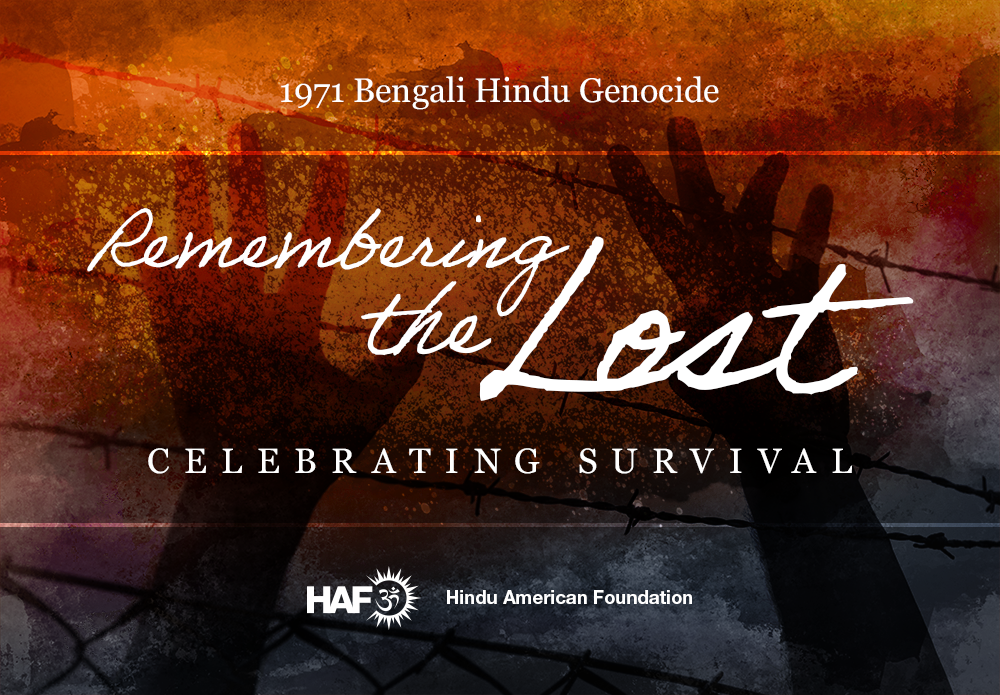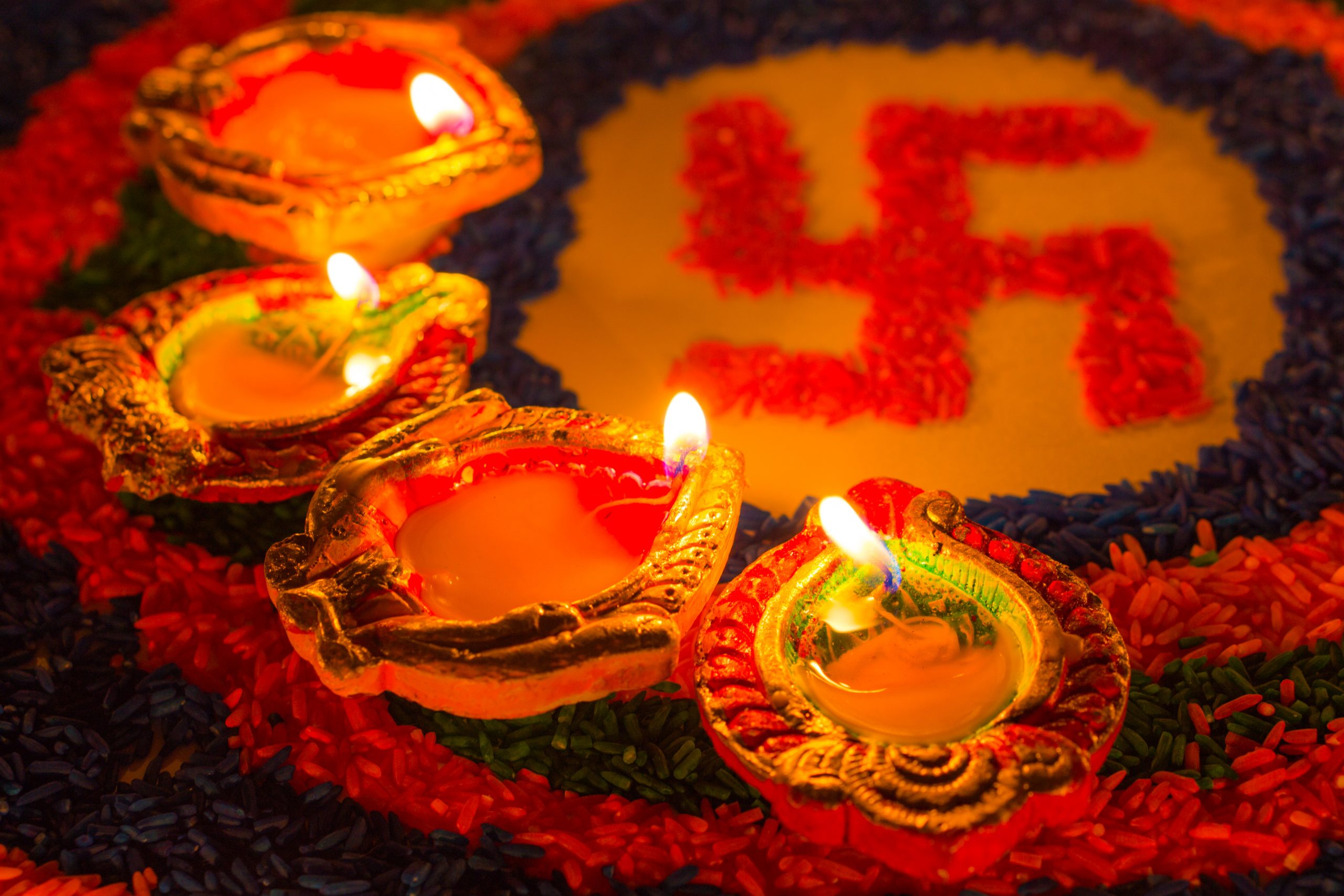Akram, T. (2007, April 14). A Critical Evaluation of the International Commission of Jurists’ Report on the Bangladesh Genocide. Social Studies Research Network. http://papers.ssrn.com/sol3/papers.cfm?abstract_id=981254
Amnesty International. (2013, March 6). BANGLADESH: WAVE OF VIOLENT ATTACKS AGAINST HINDU MINORITY. Amnesty International. https://www.amnesty.org/en/press-releases/2013/03/bangladesh-wave-violent-attacks-against-hindu-minority/
Amnesty International. (2018, November 12). Bangladesh: New Digital Security Act is attack on freedom of expression. Amnesty International. https://www.amnesty.org/en/latest/news/2018/11/bangladesh-muzzling-dissent-online/
Amnesty International (2021, October 18). Bangladesh: Protection of Hindus and others must be ensured amid ongoing violence. https://www.amnesty.org/en/latest/news/2021/10/bangladesh-protection-of-hindus-and-others-must-be-ensured-amid-ongoing-violence/
Asian Centre for Human Rights. (2012, October 1). 24 Buddhist and Hindu temples burnt in Bangladesh – India and UN urged to intervene. ReliefWeb, UN Office for the Coordination of Humanitarian Affairs. https://reliefweb.int/report/bangladesh/24-buddhist-and-hindu-temples-burnt-bangladesh-india-and-un-urged-intervene
Bandow, D. (2018, January 16). Will Religious Instability Destroy Bangladesh? The National Interest. https://nationalinterest.org/blog/the-skeptics/will-religious-instability-destroy-bangladesh-24090
Bangladesh Hindu Buddhist Christian Unity Council Correspondence (2021, October 15-31)
Bass, G. J. (2013). The Blood Telegram: Nixon, Kissinger, and a Forgotten Genocide. Alfred A. Knopf, Random House LLC.
BBC News (2021, October 22). Bangladesh’s Hindus living in fear following mob attacks. https://www.bbc.com/news/world-asia-58999047
BDNews24. (2020, May 16). Muslims attack Hindu man over Facebook post, clash with police in Bhola again. BDNews24. https://bdnews24.com/bangladesh/2020/05/16/muslims-attack-hindu-man-over-facebook-post-clash-with-police-in-bhla-again
BenarNews. (2021, January 25). Bangladesh: Repatriating Small Number of Hindu Rohingya to Myanmar ‘Not Our Priority’. Radio Free Asia. https://www.rfa.org/english/news/myanmar/hindu-01252021173313.html
Benkin, R. (2020, November 17). Beating of Human Rights Defender Rabindra Ghosh. Hindu American Foundation. https://www.hinduamerican.org/wp-content/uploads/2020/12/IRF-letter-Rabindra-Ghosh.pdf
BHBCUC. (2015, May). BHBCUC Monthly Newsletter.
Blackburn, C. (2006, September 30). Jamaat-i-islami: A Threat to Bangladesh. Presented at International Conference to Discuss Terrorism, Democracy and Economic Development in Bangladesh. https://mygoldenbengal.wordpress.com/2013/02/22/jamaat-i-islami-a-threat-to-bangladesh-2/
Calamur, K. (2016, July 9). Bangladesh’s Long Road to Islamist Violence. The Atlantic.
Chandrakantan, A., & Kalra, S. (2011). A Legal Analysis of the Enemy Property Act of Bangladesh. Hindu American Foundation. https://theasiadialogue.com/wp-content/uploads/2018/03/Legal_Analysis_Enemy_Property_Act_Bangladesh.pdf
CIA World Factbook. (2021, May 24). The World Factbook: Bhutan. Central Intelligence Agency. https://www.cia.gov/the-world-factbook/countries/bangladesh/
Chaudhury, Dipanjan Roy. (2021, April 2.) Hefazat-e-Islam, the radical outfit behind recent violence in Bangladesh. Economic India Times. https://economictimes.indiatimes.com/news/international/world-news/hefazat-e-islam-the-radical-outfit-behind-recent-violence-in-bangladesh/articleshow/81875468.cms
Daily Star, The (2021, October 21). Man placing Holy Quran at Cumilla puja mandap identified as Iqbal Hossain. https://www.thedailystar.net/news/bangladesh/crime-justice/news/man-placing-holy-quran-cumilla-puja-mandap-identified-iqbal-hossain-2202876
Dhaka Tribune. (2016, November 2). Nasirnagar attacks driving away Hindus. Dhaka Tribune. https://www.dhakatribune.com/bangladesh/crime/2016/11/02/nasirnagar-attacks-driving-away-hindus
Ethirajan, A. (2011, December 2). Bangladesh ‘persecution’ panel reports on 2001 violence. BBC News. https://www.bbc.com/news/world-asia-15987644
Feldman, S. (2016). The Hindu as Other: State, Law, and Land Relations in Contemporary Bangladesh. South Asia Multidisciplinary Academic Journal, 13. https://doi.org/10.4000/samaj.4111
Freedom House. (2020). Freedom in the World 2020: Bangladesh. Freedom House. https://freedomhouse.org/country/bangladesh/freedom-world/2020
Government of People’s Republic of Bangladesh. (n.d.). The Penal Code, 1860. Laws of Bangladesh. http://bdlaws.minlaw.gov.bd/act-details-11.html
Government of the People’s Republic of Bangladesh. (n.d.). The Constitution of the People’s Republic of Bangladesh. Laws of Bangladesh. http://bdlaws.minlaw.gov.bd/act-367.html
Government of the United Kingdom. (n.d.). Proscribed Terrorist Organizations. Government of the United Kingdom Home Office. https://assets.publishing.service.gov.uk/government/uploads/system/uploads/attachment_data/file/901434/20200717_Proscription.pdf
Gumaste, V. (2020, February 8). There may be no Hindus left in Bangladesh in 30 years. Sunday Guardian Live. https://www.sundayguardianlive.com/opinion/may-no-hindus-left-bangladesh-30-years
Hardig, A. C. (2020, February 18). Conservative Islamic views are gaining ground in secular Bangladesh and curbing freedom of expression. The Conversation. https://theconversation.com/conservative-islamic-views-are-gaining-ground-in-secular-bangladesh-and-curbing-freedom-of-expression-128692
Hasan, K. (2016, November 20). No Hindus will be left after 30 years. Dhaka Tribune. http://www.dhakatribune.com/bangladesh/2016/11/20/abul-barkat-632-hindus-left-country-day/
Hossain, A. (2013, February 13). The Female Factor: Bangladesh Protest Breaks Boundaries. Forbes. http://www.forbes.com/sites/worldviews/2013/02/13/the-female-factor-bangladesh-protests-break-boundaries/
Human Rights Watch. (2021, October 19). Bangladesh: Deadly Attacks on Hindu Festival, https://www.hrw.org/news/2021/10/21/bangladesh-deadly-attacks-hindu-festival#
IANS. (2020, November 27). Bangladesh Radical Islamist Leader Warns To Tear Down All Statues; Puts Up Four Controversial Demands. Swarajya. https://swarajyamag.com/insta/bangladesh-radical-islamist-leader-warns-to-tear-down-all-statues-puts-up-four-controversial-demands
International Crisis Group. (2018, February 28). Countering Jihadist Militancy in Bangladesh. International Crisis Group. https://www.crisisgroup.org/asia/south-asia/bangladesh/295-countering-jihadist-militancy-bangladesh
IPT News. (2013, July 24). Bangladesh War Crimes Trial Proceeds Without ICNA Official. Investigative Project on Terrorism. http://www.investigativeproject.org/4098/bangladesh-war-crimes-trial-proceeds-without-icna
Iyengar, R. (2016, June 15). Bangladesh was Founded on the Principle of Cultural Freedom, What Happened? Time.
Khan, T. (2013, December 24). Bangladeshis in New York Demand his Deportation. The Daily Star. http://www.thedailystar.net/bangladeshis-in-new-york-demand-his-deportation-3738
Lintner, B. (2003, February 2). The Plights of Ethnic and Religious Minorities and the Rise of Islamic Extremism in Bangladesh. Asia Pacific Media Services. http://www.asiapacificms.com/papers/pdf/ethnic_and_religious_minorities_bangladesh.pdf
Momen, AK Abdul. (2021, October 29). Statement of Foreign Minister Dr AK Abdul Momen, MP, About Recent Communal Violence. Bangladesh Ministry of Foreign Affairs. https://mofa.gov.bd/site/page/6758ab52-c643-43fa-b76e-4eb99fcf5b47
New Age Bangladesh. (2020, January 3). Oppression against Hindus increased in 2019: report. New Age Bangladesh. https://www.newagebd.net/article/95433/oppression-againsts-hindus-increased-in-2019-report
New Age Bangladesh. (2020, December 31). 149 Hindus killed in different incidents in 2020. New Age Bangladesh. https://www.newagebd.net/article/125830/149-hindus-killed-in-different-incidents-in-2020
New York Times (2021, October 15). Bangladesh Strengthens Security as Violence Targets Hindu Festival, New York Times. https://www.nytimes.com/2021/10/15/world/asia/15bangladesh-muslim-hindu-violence.html
PTI. (2020, November 2). Congress urges Centre to take up with attacks on Hindus in Bangladesh. The New Indian Express. https://www.newindianexpress.com/nation/2020/nov/02/congress-urges-centre-to-take-up-with-attacks-on-hindus-in-bangladesh-2218355.html
Rahman, M. (2011, December 2). 25 ministers, MPs complicit. The Daily Star. https://www.thedailystar.net/news-detail-212567
Ramachandran, S. (2013, October 31). Flawed Justice in Bangladesh. The Diplomat. http://thediplomat.com/2013/10/flawed-justice-in-bangladesh/2/
Ramachandran, S. (2021, April 15). What’s Behind the Surge in Violent Islamism in Bangladesh? The Diplomat. https://thediplomat.com/2021/04/whats-behind-the-surge-in-violent-islamism-in-bangladesh/
Roy, B. (2014, February 3). Bangladesh Court Establishes BNP-Jamaat Fountainhead of Terrorism. South Asia Analysis Group. http://www.southasiaanalysis.org/node/1451
Press Trust of India. (2021, March 20). Extremist Islamist group’s supporters attack 70-80 Hindu houses in Bangladesh: Police. India Today https://www.indiatoday.in/world/asia/story/extremist-islamist-group-supporters-attack-hindu-houses-bangladesh-1781394-2021-03-20
Saha, J. (2020, December 30). 2020: Communal violence haunts Bangladesh in pandemic year. BDNews24. https://bdnews24.com/bangladesh/2020/12/30/2020-communal-violence-haunts-bangladesh-in-pandemic-year
Sanatan Moitree Sangha – Bangladesh Correspondence (2021, October 15-31).
SATP. (2013, April 6). 13-Point Demand. South Asia Terrorism Portal. https://www.satp.org/satporgtp/countries/bangladesh/document/papers/13-Point_Demand.htm
SATP. (2017). Harkat-ul-Jihad-al Islami Bangladesh (HuJI-B) Terrorist Group, Bangladesh. South Asia Terrorism Portal. https://www.satp.org/satporgtp/countries/bangladesh/terroristoutfits/huj.htm
SATP. (2017). Islami Chhatra Shibhir (ICS). South Asia Terrorism Portal. https://www.satp.org/satporgtp/countries/bangladesh/terroristoutfits/ics.htm
SATP. (2017). Jama’atul Mujahideen Bangladesh (JMB). South Asia Terrorism Portal. https://www.satp.org/satporgtp/countries/bangladesh/terroristoutfits/JMB.htm
SATP. (2020). Bangladesh: Assessment-2021. South Asia Terrorism Portal. https://satp.org/terrorism-assessment/bangladesh
Stark, A. (2016, July 22). Dhaka Attack Part of a Larger Pattern of Terrorism in Bangladesh. The Diplomat. https://thediplomat.com/2016/07/dhaka-attack-part-of-a-larger-pattern-of-terrorism-in-bangladesh/
Swarajya. (2021, October 18). Ruling Awami League Members Involved In Attacks On Hindus In Bangladesh, Say Minority Leaders And Civil Society Members https://swarajyamag.com/news-brief/ruling-awami-league-members-involved-in-attacks-on-hindus-in-bangladesh-say-minority-leaders-and-civil-society-members
Times of India, The. (2021, October 23). Second key suspect behind violence against Hindus arrested by Bangladesh https://timesofindia.indiatimes.com/world/south-asia/second-key-suspect-behind-violence-against-hindusarrested-by-bangladesh-police/articleshow/87224135.cms
U.S. Department of State. (n.d.). Foreign Terrorist Organizations. U.S. Department of State Bureau of Counterterrorism. https://www.state.gov/foreign-terrorist-organizations/
Wolf, S. O. (2016, January 30). Ansarullah Bangla Team: A Major Threat for Bangladesh’s Democracy. E-International Relations. http://www.e-ir.info/2016/01/30/ansarullah-bangla-team-a-major-threat-for-bangladeshs-democracy/
World Hindu Federation, Bangladesh Chapter (2021, October 24) Report: Brutal Attack on Hindus in Bangladesh (13-24 October 2021)
World Hindu Federation, Bangladesh Chapter (2021, October 19) Report: Hindu Boys are Arrested under Digital Security Act in Bangladesh








































